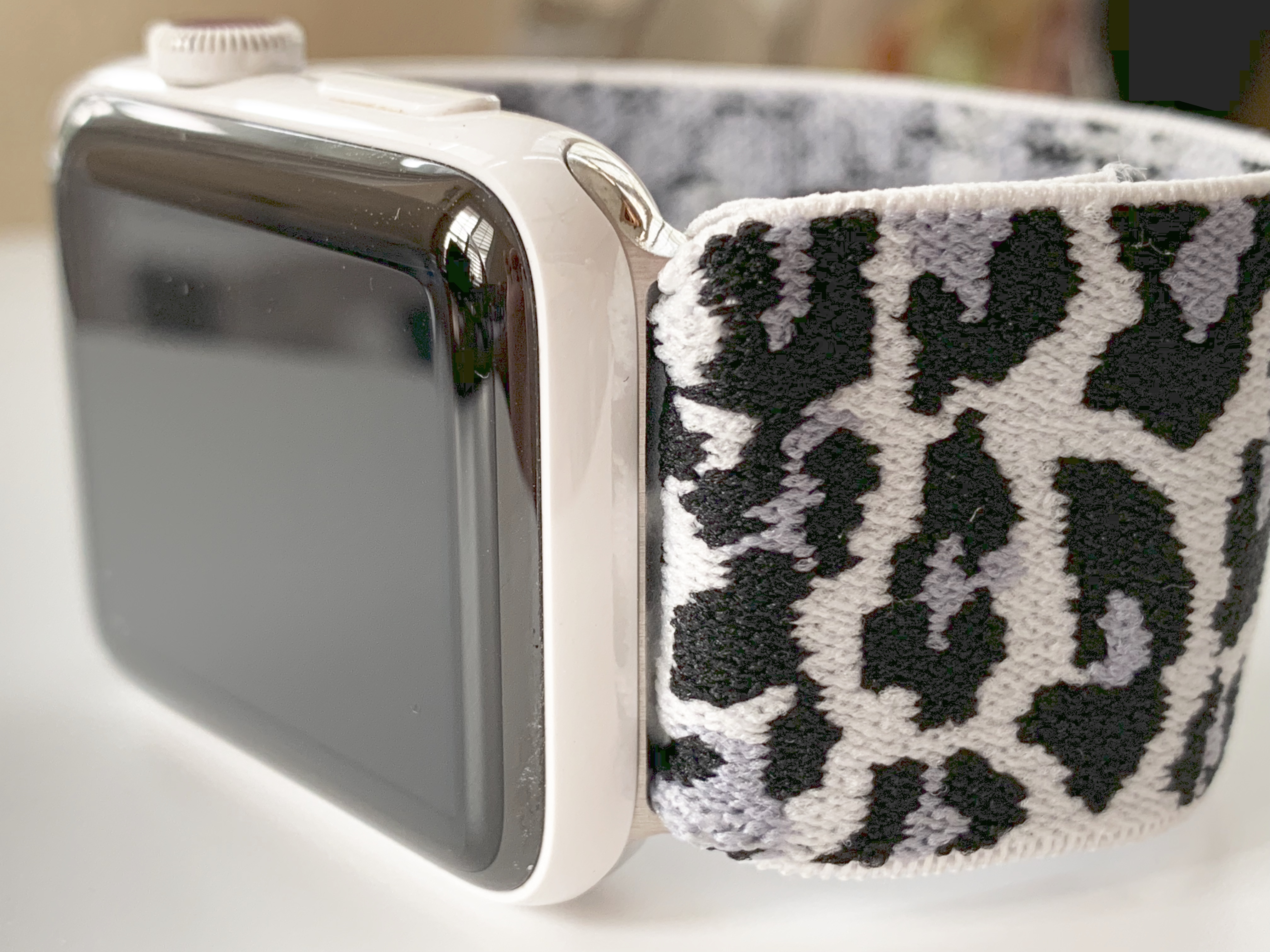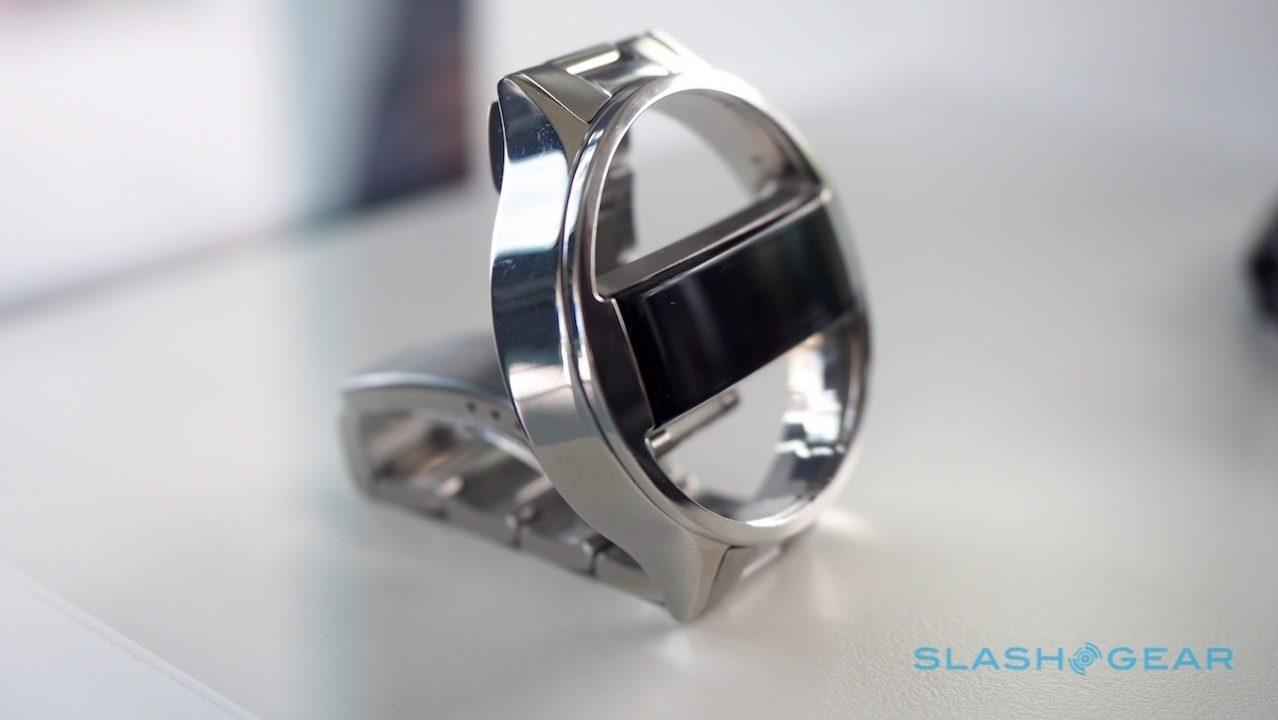

- #Blaze fitbit connect to two devices at the same time mac os x
- #Blaze fitbit connect to two devices at the same time skin
- #Blaze fitbit connect to two devices at the same time android
- #Blaze fitbit connect to two devices at the same time Bluetooth
- #Blaze fitbit connect to two devices at the same time professional
While Fitbit devices are water resistant*, it’s not good for your skin to wear a wet band for long periods of time.Lower the band on your wrist and loosen it after exercise. If you use Fitbit Charge HR, Fitbit Blaze or Fitbit Surge, for better heart rate readings during exercise, we suggest wearing the band so it’s secure, but not too tight, and wearing the band higher on your wrist (about 2-3 finger widths above your wrist bone).Wear the band loosely enough that it can move back and forth on your wrist. If you sweat for more than two hours while wearing your Fitbit band, be sure to wash your band and your wrist using the directions above to avoid skin irritation.If symptoms persist longer than 2-3 days of not using your device, contact a dermatologist. Whether you have the conditions above or not, if you start to experience redness or skin irritation on your wrist, remove your device.If you have eczema, allergies or asthma you may be more likely to experience a skin irritation or allergy from a wearable device.Prolonged rubbing and pressure may irritate the skin, so give your wrist a break by removing the band for an hour after extended wear.
#Blaze fitbit connect to two devices at the same time android
and later, and leading Android and Windows devices
#Blaze fitbit connect to two devices at the same time mac os x
#Blaze fitbit connect to two devices at the same time Bluetooth
Syncing to mobile devices requires Bluetooth and Internet connection. Syncing to computers requires Internet connection and USB port. Fitbit Blaze syncs automatically and wirelessly to 200+ leading iOS, Android and Windows devices using Bluetooth 4.0 wireless technology.Underlying causes could be anything from depression, high blood pressure, sleep apnea, or just a very tiring week - so before you freak out about seeing those big variations, monitor your levels for a few weeks before talking to your doctor.
#Blaze fitbit connect to two devices at the same time professional
If you notice consistent, big variations in your sleep, talk to a medical professional to get further testing done. (There are many reasons for this, one big one being that Fitbit does not want this data to be used for medical diagnoses.) You’ll notice Fitbit is choosing to generalize the data presented by indicating whether there is a big or small variation in your blood oxygen level. This is how your body is distributing oxygen in your bloodstream. The Estimated Oxygen Variation is presented as a chart that tells you how much variation occurred in the hours you were asleep.


Make sure your app is up to dateĪfter the update, you don’t need to do much else to enable blood oxygen monitoring. Keep in mind that this feature is still in its roll-out stages, so check back often to see if your device has gotten the update. So far, Fitbit has only made blood oxygen monitoring available under the sleep portion of its app, and presents the data at a generalized level, so don’t expect to see exact, hour-by-hour levels of oxygen in your bloodstream. Monitoring your oxygen levels is helpful during both exercise (to see how your body adjusts during an intense HIIT workout or a long hike, for example) and sleep (when it could help with early detection of underlying health issues). Why is this important? Because your blood oxygen levels indicate how well oxygen is distributed throughout your body, which is important for making sure your organs are functioning properly. (Interestingly, this is a feature that Apple said its Apple Watch is capable of doing, but which has yet to be released for that device.) Earlier this month, Fitbit quietly rolled out blood oxygen monitoring to five of its devices: the Versa, Versa 2, Versa Lite, Ionic, and Charge 3.


 0 kommentar(er)
0 kommentar(er)
